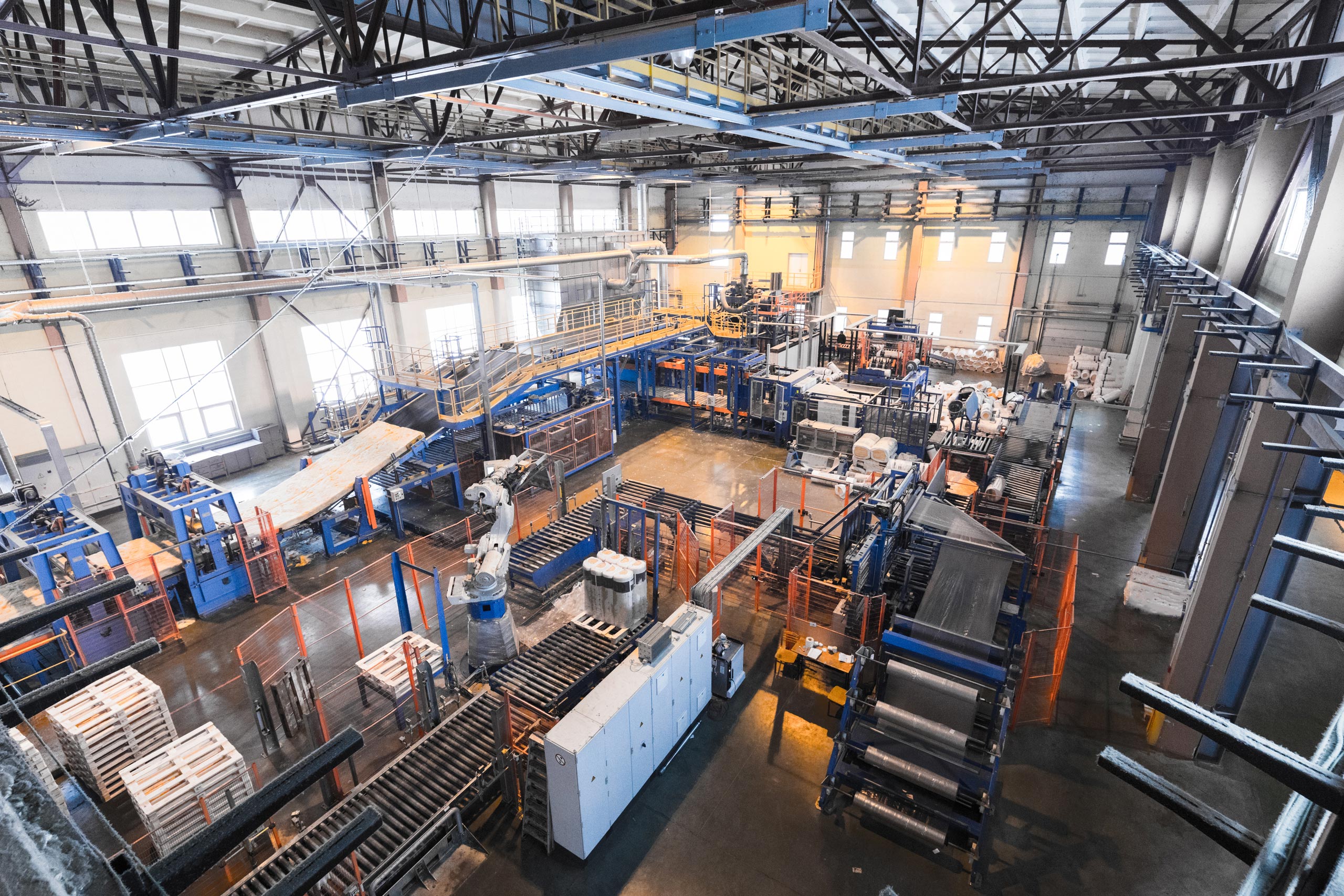
Duration: 0.50 Hrs
Course Level: Intermediate
Languages: English
Capability: Audio, Video, MobileReady
Equipment rarely fails without first sending signals. The question is, are you looking for the signals? Utilizing an oil analysis program is one of the best ways to find those early indications of equipment failure. This interactive online course will teach you about the importance of instituting an oil analysis program and partnering with the right laboratory. You will also learn how to choose what equipment to sample, what tests to use and how to train your personnel.
By the end of this course, you will be able to:
Duration: 0.50 Hrs
Course Level: Intermediate
Languages: English, Portuguese, French, Polish, Russian
Capability: Audio, Video, MobileReady
Whenever two moving, solid surfaces contact each other, there is friction which creates heat and leads to destructive wear. Lubrication is the process of introducing a lubricant substance between the surfaces in order to reduce that friction and wear. A lubricant can be a solid such as molybdenum disulfide or Teflon; a semi-solid, such as grease; a liquid, such as oil; or even a gas such as air. This module will focus primarily on the industrial uses of liquid oils and grease as lubricants.
Duration: 0.50 Hrs
Course Level: Intermediate
Languages: English
Capability: Audio, Video, MobileReady
When two moving solid surfaces interact, material from those surfaces can be lost. This loss of material is known as “wear.” Wear on equipment can shorten the lifespan of machines, disrupt production, and result in product loss. Lubrication is the process of using substances called lubricants to reduce wear. This course covers what lubricants are, what they are made of, and common types of lubricants. This course also illustrates the differences between common lubricating methods as well as safe storage and handling requirements.